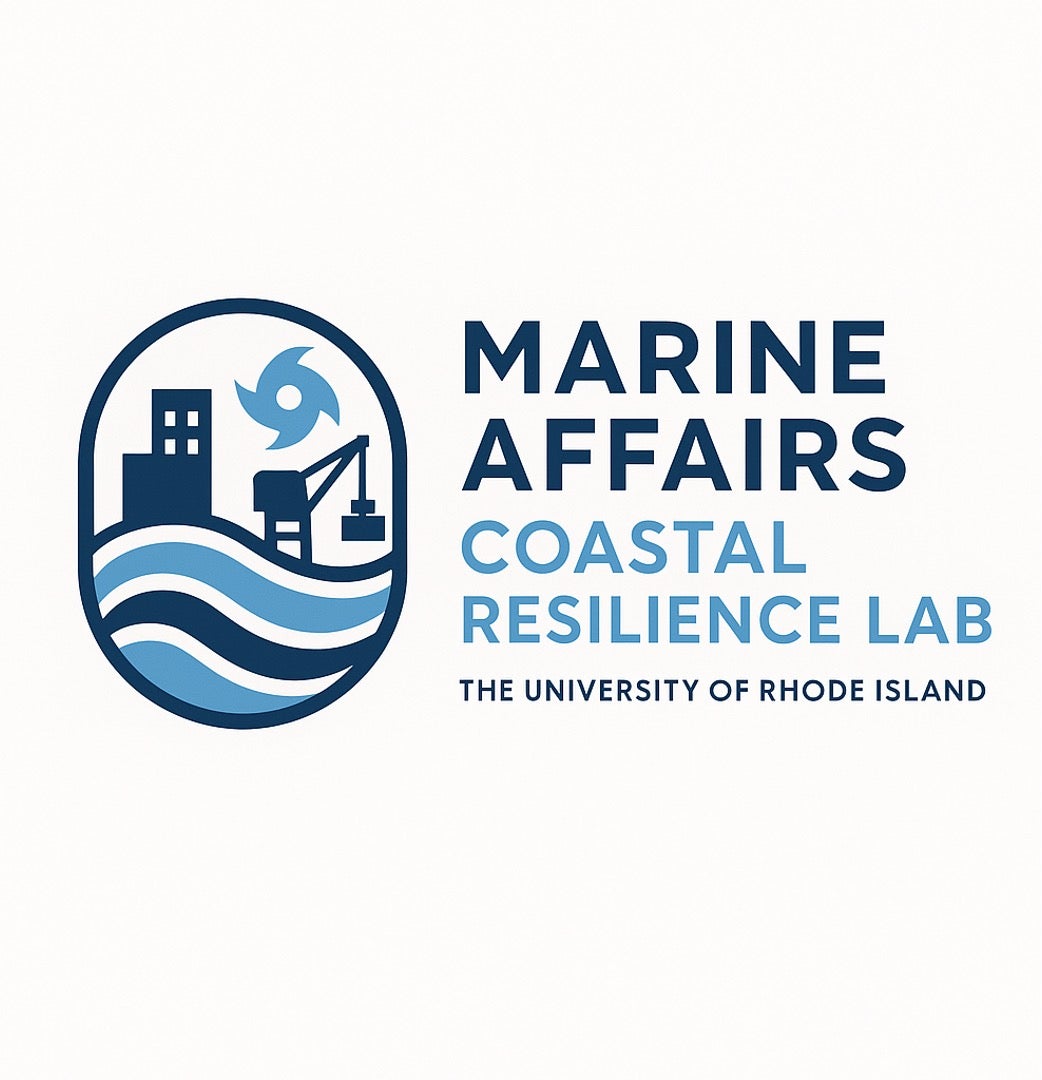This research address the question: How can storm modeling, consequence threshold mapping, and similar tools be incorporated into Hazard Vulnerability Assessments to identify local storm vulnerabilities and minimize unanticipated consequences for community health, safety, and economic security?. Results will help emergency managers incorporate storm simulation and vulnerability mapping into existing hazard vulnerability assessment processes to improve impact, consequence, and outcome prediction for major coastal storms. During significant storm events, coastal communities can experience adverse impacts and consequences of critical infrastructure that planners did not anticipate or sufficiently prepare for. This situation is likely to worsen with rising sea levels, more frequent and intense storm events, growing coastal populations, expanding coastal development, and increasing societal dependence on complex infrastructure.
Current approaches to assessing vulnerability leave a data gap by which local emergency managers lack sufficient information to predict the full consequences of a major storm striking their coastal community. Recent developments in storm and consequence modeling, such as the Rhode Island Coastal Hazard Analysis Modeling and Prediction system (RI-CHAMP), offer opportunities to capture more detailed, comprehensive data about local exposure to storm hazards and the cascading consequences of critical infrastructure failure that can bridge the gap to improve storm readiness.
This implementation research uses a mixed methods approach to study the practical application of decision support tools (i.e., RI-CHAMP) to improve local storm preparedness and response. Data is gathered from emergency management practitioners through interviews, case studies, and an online survey.
Findings will contribute to existing literature on social and physical constructs of hazard vulnerability and critical infrastructure dependencies by helping researchers better understand the relationship between critical infrastructure and community vulnerability to natural hazards. The results of this study will also help emergency managers use RI-CHAMP and other decision support tools to measure and qualify their communities’ vulnerability to climate and extreme weather impacts, the components and determinants of those vulnerabilities, the mechanisms through which their community is made vulnerable, and the availability and reliability of data used to make such assessments.
Project Lead: Sam Adams, PhD Candidate
Project Type: Dissertation Research

